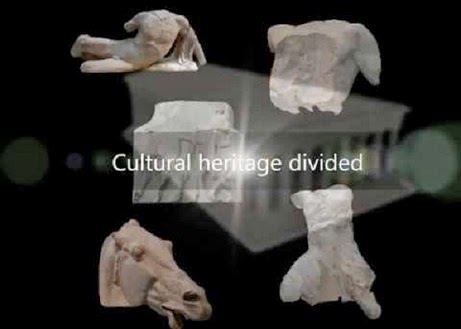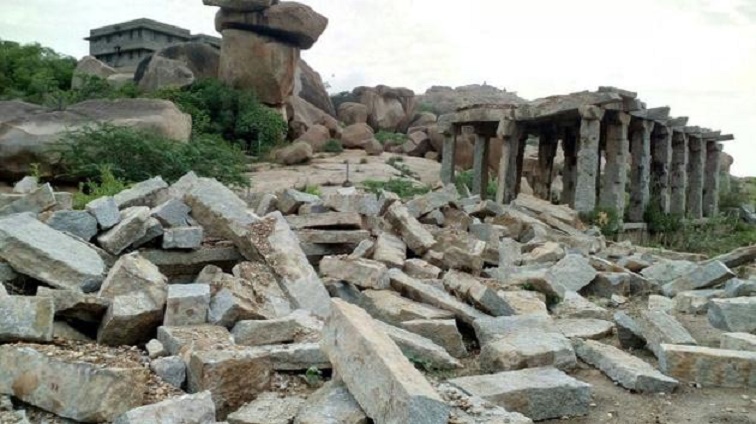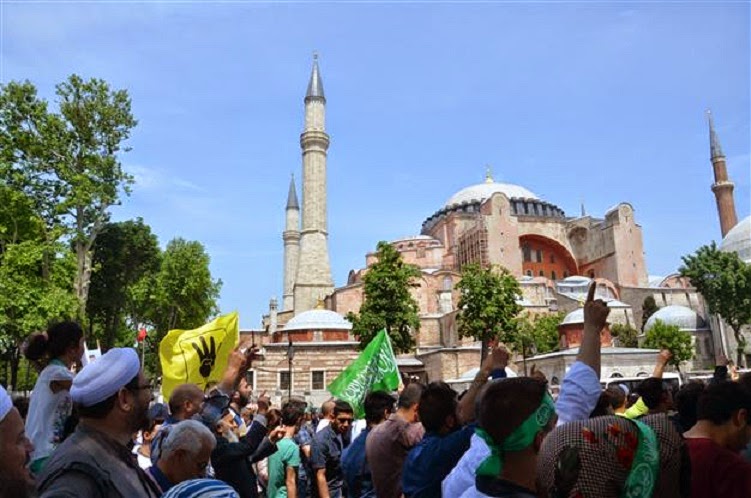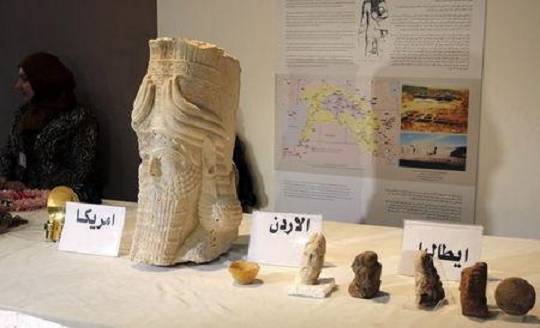Sew La Ti Embroidery [Search results for Historical Heritage]
Nepal: Quake deals heavy blow to Nepal's rich cultural heritage

Heritage: A new Zimbabwe site on the World Heritage List?

East Asia: 800-year-old Buddhist statue of 'goddess with thousand hands' restored to former glory

Heritage: Africa's ancient art to be saved, with your help

Nepal: Nepal to re-open UNESCO heritage sites to tourists in August

More Stuff: Is Greece about to lose the Parthenon Sculptures forever?

Near East: ISIS smashes priceless Palmyra artefacts

Heritage: 96% of Egypt's ancient monuments neglected

India: Hampi’s ‘saalu mantapas’ collapse

Near East: Wind power plant to be built on ancient necropolis

Iraq: US returns Iraqi artefacts recovered in Syria raid

Near East: ISIS sets eyes on Syrian site of Palmyra

North America: Archaeologists call on feds to protect Chaco Canyon area

Travel: Key Artifacts from ISIS-endangered Palmyra, Syria on view at the Freer and Sackler Galleries

Syria: Turkey not returning smuggled artefacts to Syria

Iraq: Iraq celebrates return of antiquities
Nepal: In Nepal, efforts underway to salvage ancient sites damaged by quake

Near East: Protestors demand Hagia Sophia be turned into mosque

Italy: Neutron scattering helping conserve the world’s great historic monuments

